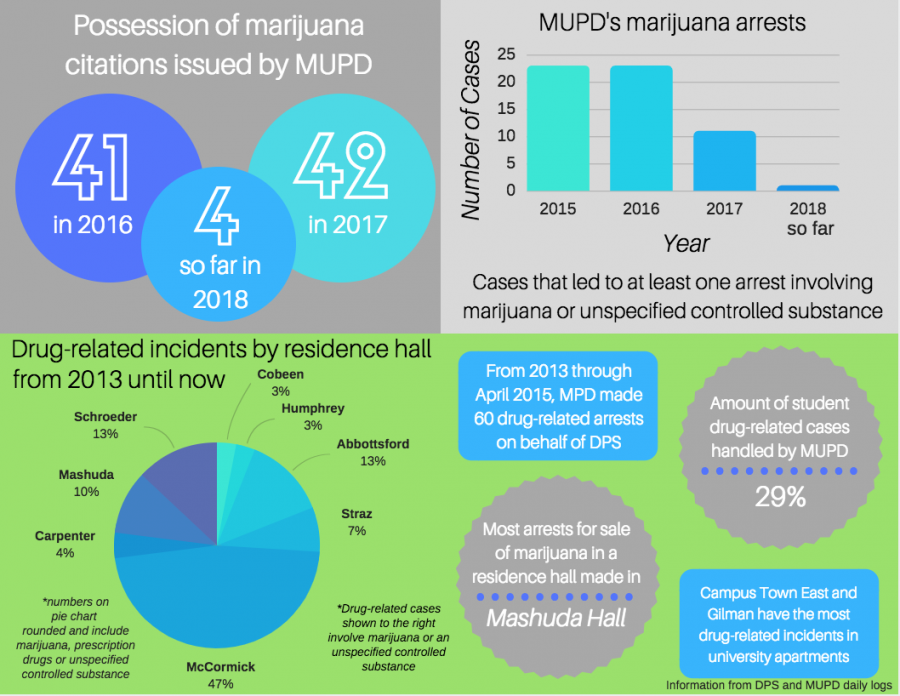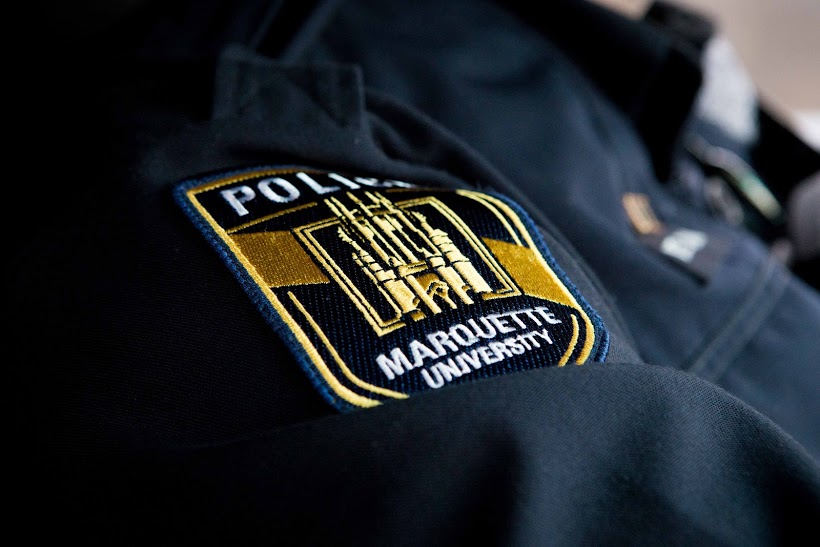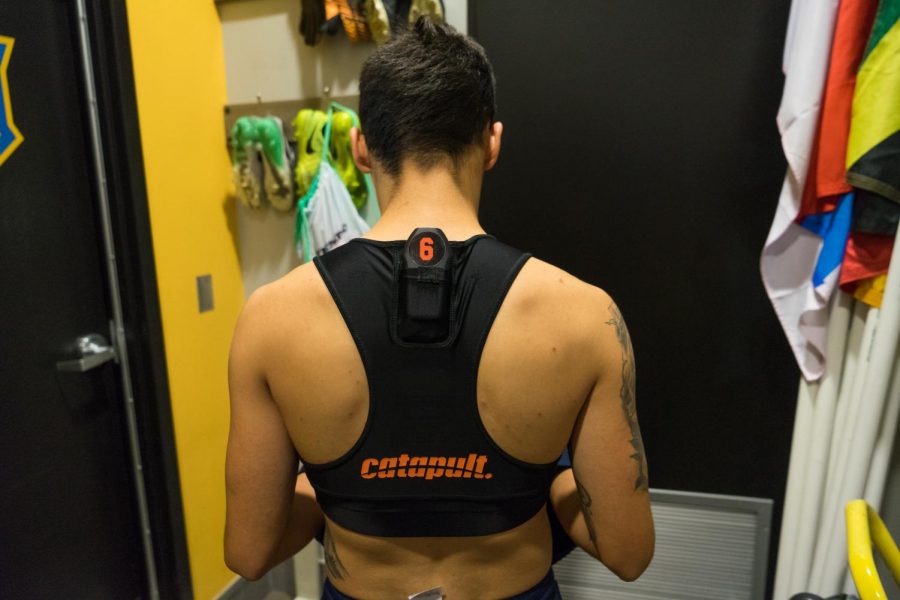 Last night, my friend and I stood on the corner of 16th and Wells holding a Papa John’s pizza in anticipation of a LIMO. Being in the center of campus, we thought flagging a LIMO down without calling would be easy enough. When we saw that no LIMOs were coming our way, however, we decided to call for one, but even then, it would be several minutes more before we finally spotted those familiar flashing yellow lights in the distance. We were not mad about having to wait—in fact, we were both relieved when we finally got to climb into that big blue van—but we could not help but wonder, where were the LIMOs?
Last night, my friend and I stood on the corner of 16th and Wells holding a Papa John’s pizza in anticipation of a LIMO. Being in the center of campus, we thought flagging a LIMO down without calling would be easy enough. When we saw that no LIMOs were coming our way, however, we decided to call for one, but even then, it would be several minutes more before we finally spotted those familiar flashing yellow lights in the distance. We were not mad about having to wait—in fact, we were both relieved when we finally got to climb into that big blue van—but we could not help but wonder, where were the LIMOs?
In semesters past, finding a LIMO in the most transited areas on campus was a snap. There were times when, standing outside of the library, I would still be on the phone with Student Safety Programs when two or three LIMOs would already be pulling up in front of me. “Never mind,” I’d tell the dispatcher, “I’ll just grab this one.”
But this year, the delays have been noticeable. Even when calling from designated LIMO stops, like the library or Johnston Hall, I find myself waiting longer than normal, to the point where I wonder if they forgot about me. I often think about flagging down a LIMO Express, but I never know where they are at a given time. Should I call dispatch again? Should I wait? Should I steel my nerves and start my nighttime trek to my apartment?
It is certainly not a LIMO driver’s fault; there are always external factors at play. The Department of Public Safety and SSP have not addressed the issue with the student body, but there has been talk of budget cuts and new restrictions on student employees, limiting the hours they can be out on the job. There is a shortage of LIMO drivers, and even if a sufficient number of new drivers were hired, the gaps would not be filled until they graduated from their LIMO training and probationary periods.
There has been significant promotion this semester of SSP’s lesser-used Safety Patrol program. On Twitter, @MUSafety reminds students that walking escorts are available as a viable alternative to getting around campus safely. It is a viable option, provided you live within Safety Patrol’s boundaries; for upperclassmen who live beyond 7th or 20th Streets, finding timely and safe transportation is still problematic.
Equipping LIMO Express vans, which run a fixed route, with GPS devices would allow students to track these vans in real-time online. In 2012, a group of College of Engineering seniors created a LIMO tracking system as part of their capstone project, but it was never adopted for full-time use. Still, it should be considered as a viable solution. Having the ability to track the LIMO Express vans would allow students to know when and where they can flag one down at any given moment.![]()
![]()
It is also important to note that after LIMOs stop running at 3 or 4a.m., DPS officers transport students around campus. What if this transport service was extended to supplement the LIMO operation? Megan Arriola, a senior in the College of Arts & Sciences, suggested that even if DPS officers implemented a very limited pick-up service, it could still help substantially, especially for students living off-campus. ![]()
![]()
“DPS officers could help out by picking up students who call from the far ends of campus, like 23rd and Kilbourn, where LIMOs don’t normally patrol as often,” she stated. “DPS patrols out there anyway; we would just be calling one or two patrol cars to specific spots in the area. Even if they just shuttled me to a central location on campus, like Raynor, it’d be so helpful.”
In the end, an open channel of communication between SSP and the student body it serves is essential to ensure safety. Knowing why delays are occurring–and how students should respond–can reduce frustrations and help students feel more at ease on campus.





